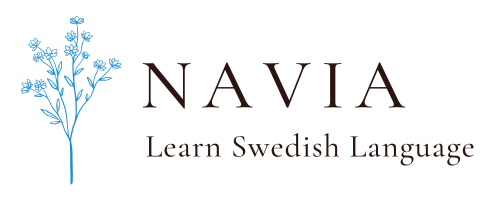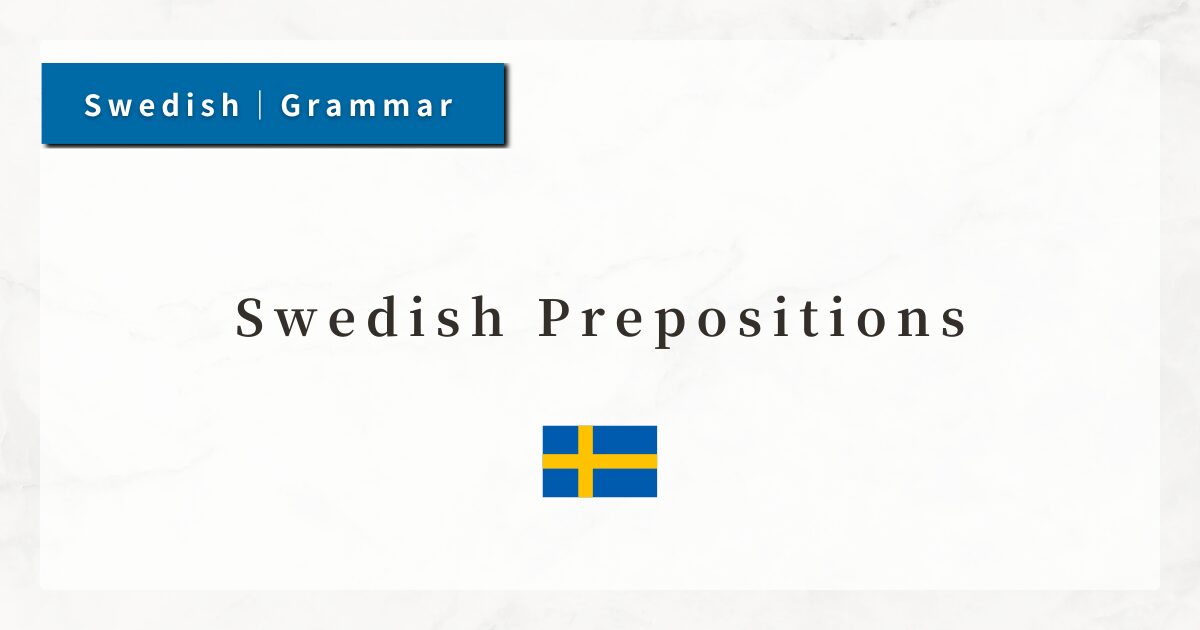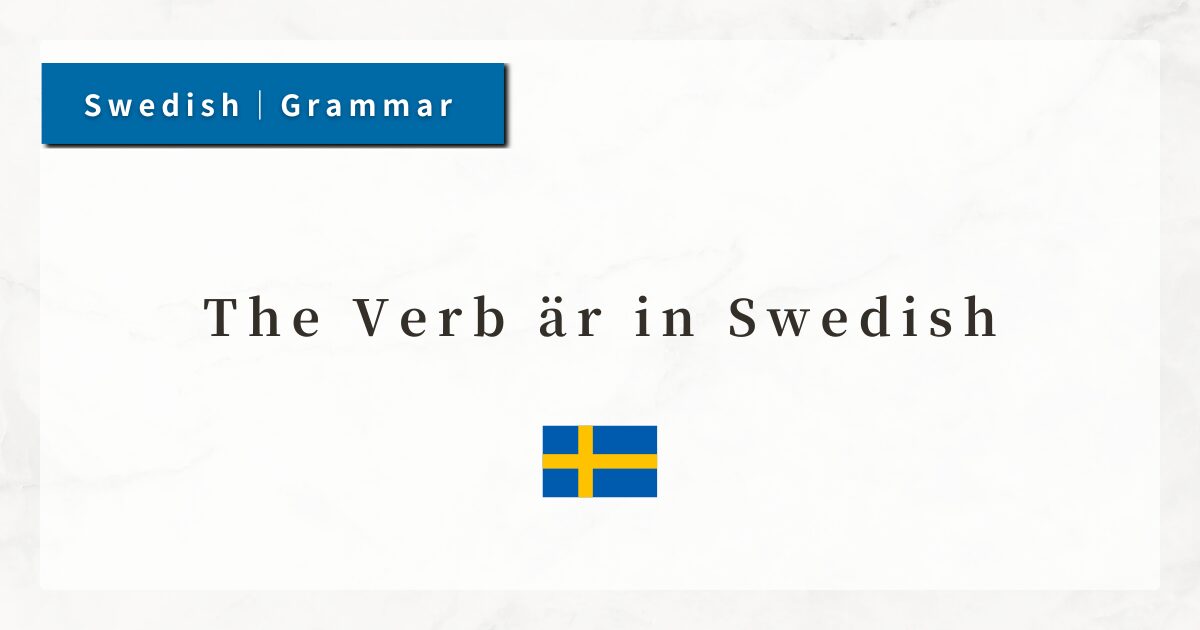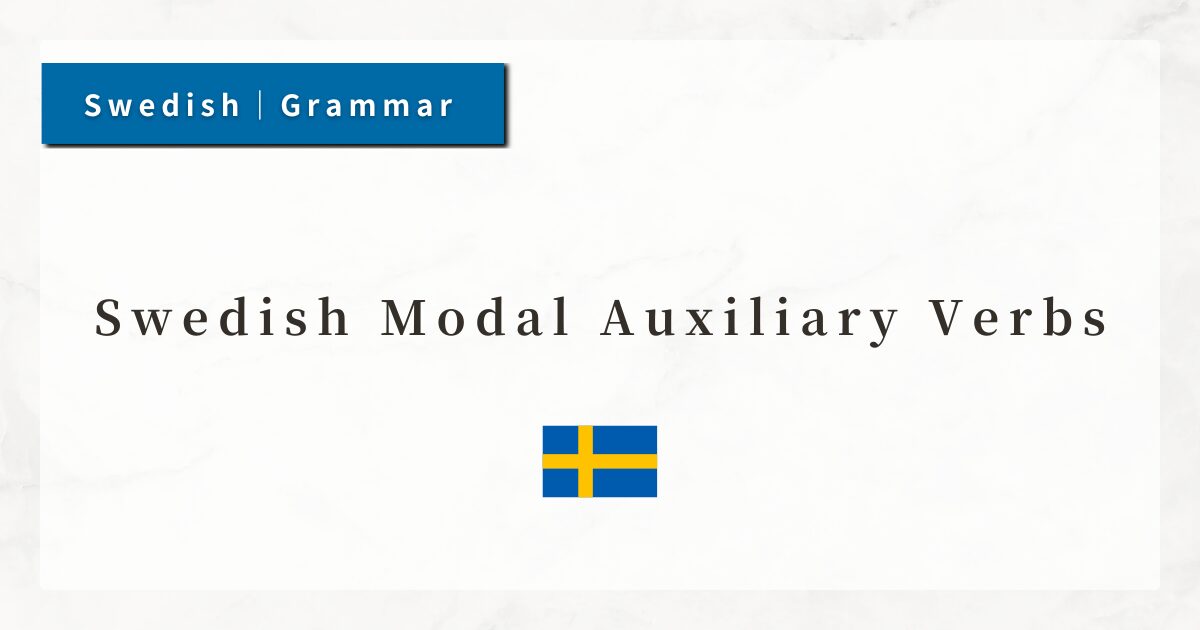#28 Swedish Present Participles|How to Form and Use Them with Examples
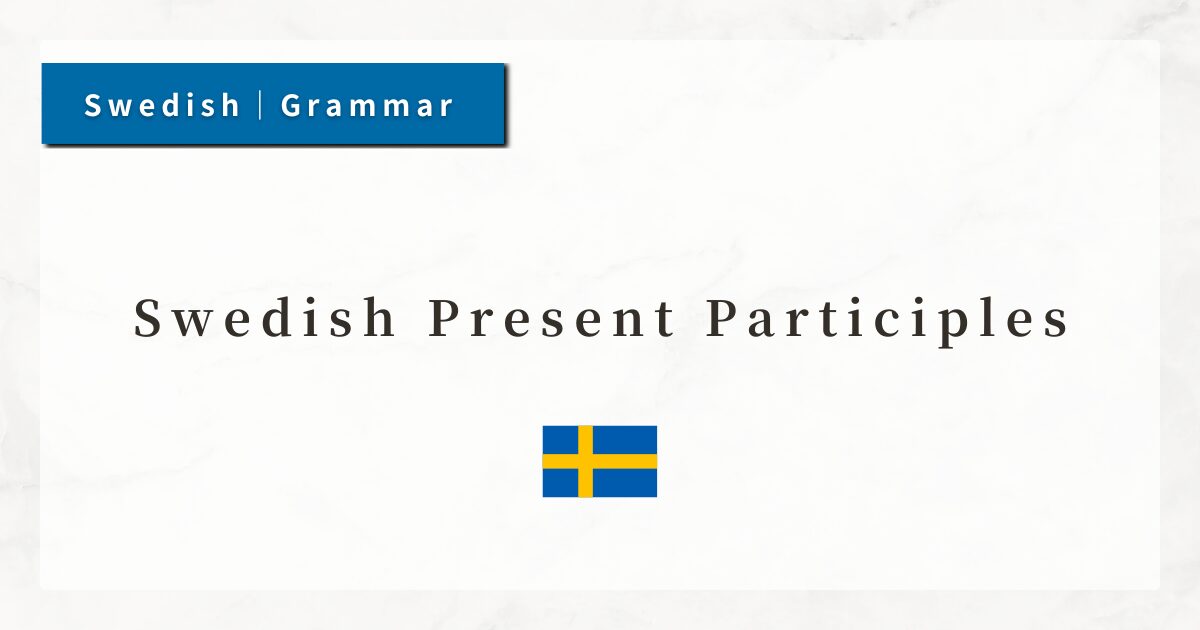
The Swedish present participle is derived from verbs but functions like an adjective or an adverb.
It resembles the English -ing form (smiling, singing, etc.), but in Swedish it is not used to form the progressive tense. Instead, it appears in adjectival constructions (to modify nouns) or in adverbial constructions (to describe the manner of an action).
In this lesson, I will explain how the present participle is formed, its meaning, its usage in sentences, and some important points to keep in mind.
1. What is the Present Participle?
The Swedish present participle is formed by adding a suffix to the verb stem, and it serves to describe an action or state in a way similar to a noun.
You may think of it as corresponding to the English -ing form, but in Swedish, it is limited mainly to adjectival and adverbial uses. It is not used to form a progressive tense (be + -ing) as in English.
It is best to view the Swedish present participle as an expression used for description and explanation. For example, it often appears when modifying a noun, such as in “a running man” or “a smiling child.”
2. How to Form the Present Participle
The Swedish present participle is created by adding certain endings to the verb stem. The basic patterns are as follows:
- 1st Conjugation: stem + -nde
(for 1st conjugation, the infinitive form = stem) - 2nd Conjugation: stem + -ande
- 3rd Conjugation: stem + -ende
- Irregular verbs: infinitive + (-nde / -ende)
The participial endings vary depending on the verb group. While there are patterns, exceptions exist, so it is helpful to consult a dictionary or reference material in the early stages.
Conjugation Groups and Their Tendencies
Swedish verbs fall into four conjugation groups, and the form of the present participle corresponds to these groups.
| Conjugation Group | Characteristics | Present Participle | Notes |
|---|---|---|---|
| 1st Conjugation | Regular verbs (tala) | stem + -nde | Infinitive = stem |
| 2nd Conjugation | Regular verbs (ringa) | stem + -ande | Stem formed by removing -a from infinitive |
| 3rd Conjugation | Regular verbs (bo) | stem + -ende | Infinitive = stem |
| 4th Conjugation | Irregular verbs (går, ser) | infinitive + -nde/-ende | Irregular; add -nde / -ende to infinitive |
3. How to Use the Present Participle
The present participle in Swedish has three main functions:
3-1. Adjectival Use (modifying a noun)
This is the most common usage. The present participle functions as an adjective modifying a noun, expressing meanings such as “a ~ing ___” or “a ___ that is ~ing.”
- en leende kvinna (a smiling woman.)
- ett springande barn (a running child.)
- en sjungande fågel (a singing bird.)
Here, the present participle precedes the noun, describing its state or action.
When the present participle functions as an adjective, the article (en/ett, etc.) changes according to the noun, but the participle itself does not change form. This is a major difference from ordinary adjectives, which vary according to gender and number.
3-2. Adverbial Use (modifying a verb)
The present participle can also function like an adverb, describing how the main action is carried out.
- Han kom springande. (He came running.)
- Hon gick sjungande. (She walked singing.)
This usage describes the manner or circumstances of the main action. It corresponds to English expressions like “He came running” or “She walked singing.” Placed after the verb, the participle forms a relationship of “main action + descriptive supplement.”
3-3. Nominal Use (functioning as a noun)
The Swedish present participle may also be used as a noun. However, this is not common. It typically appears in fixed terms, professional designations, or expressions referring to specific social groups.
- En studerande bor i den här byggnaden.
(A student lives in this building.) - De troende samlades i kyrkan.
(The believers gathered in the church.)
Generally, this use is limited to established forms such as studerande (student) or arbetande (worker). It is not possible to freely create nominal present participles from any verb.
4. Summary
- The present participle is formed by adding -ande / -ende to the verb stem.
- It has three main uses: As an adjective (modifying nouns)./ As an adverb (describing the manner of an action). /As a noun (though only in fixed, limited cases).
- Unlike English, Swedish does not use the present participle to form the progressive tense. Instead, it focuses on description and state.
